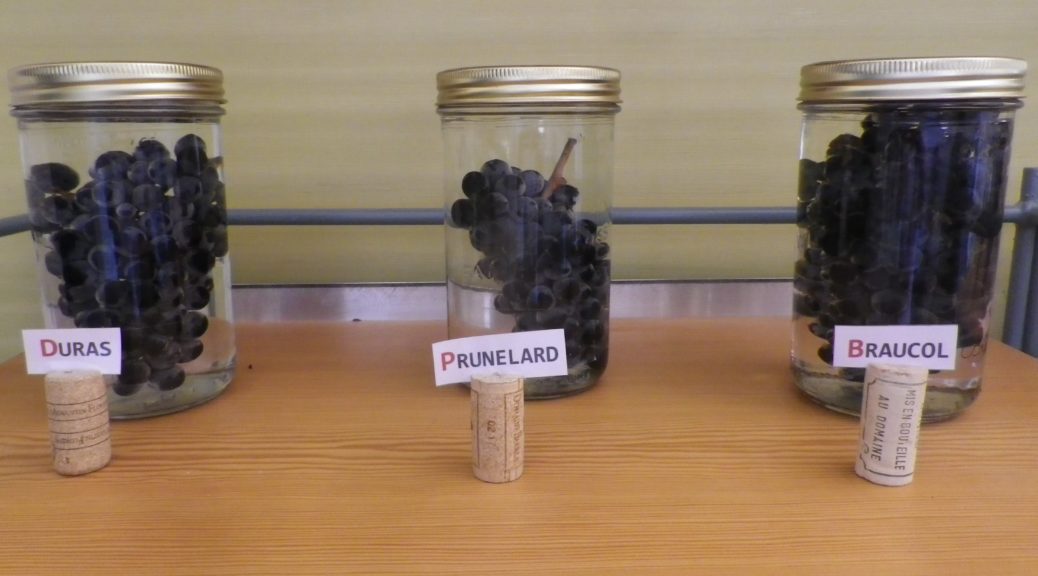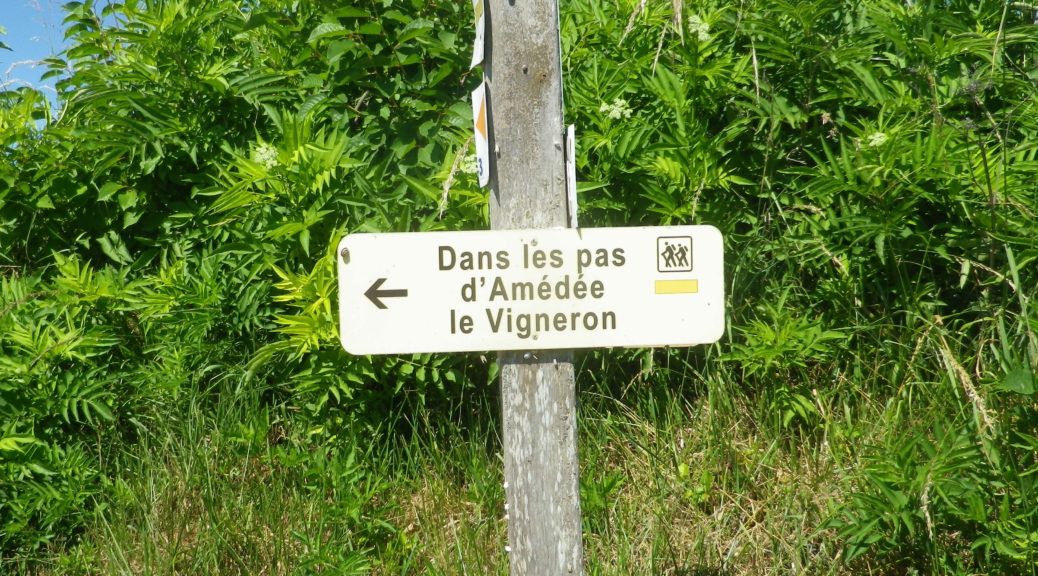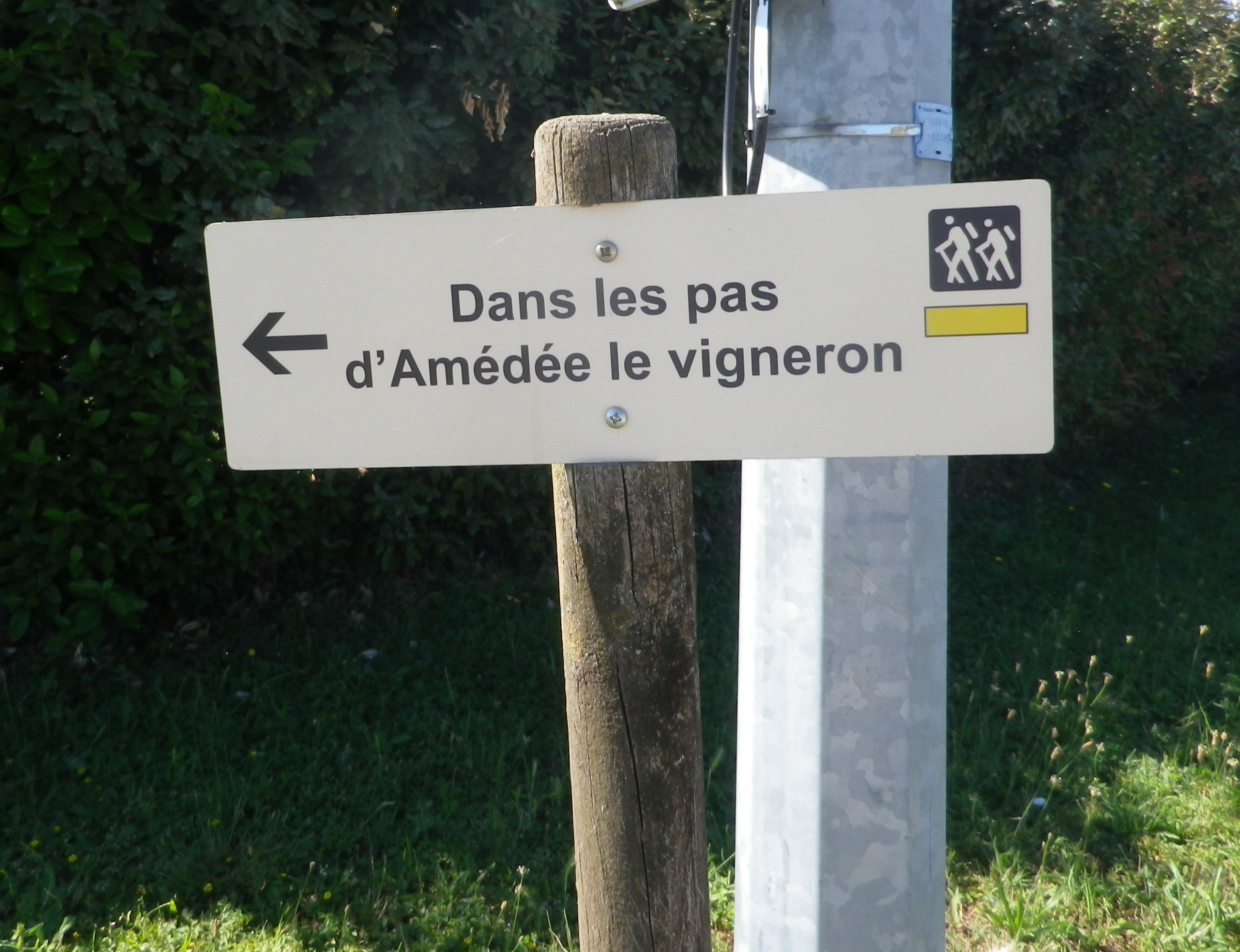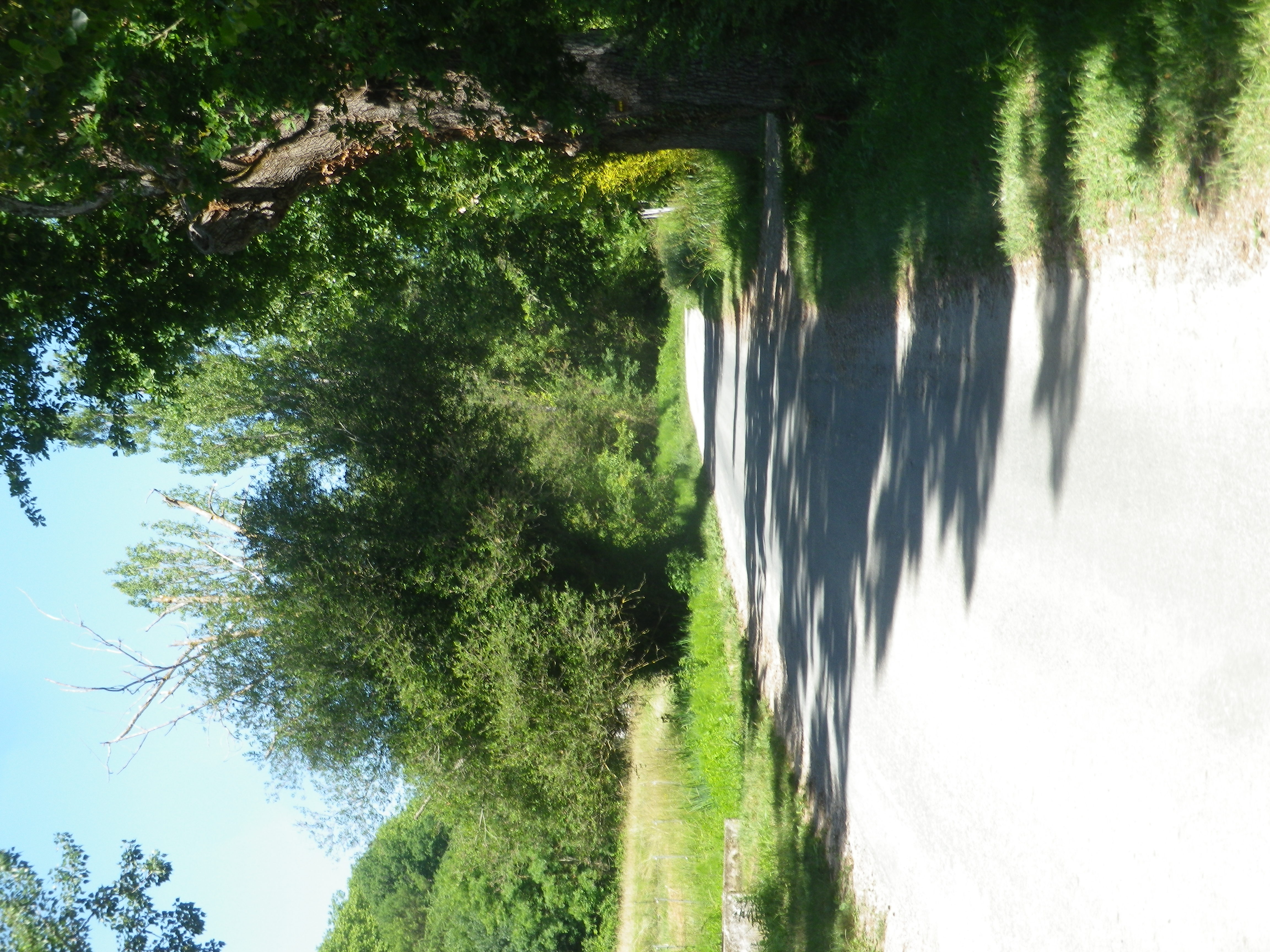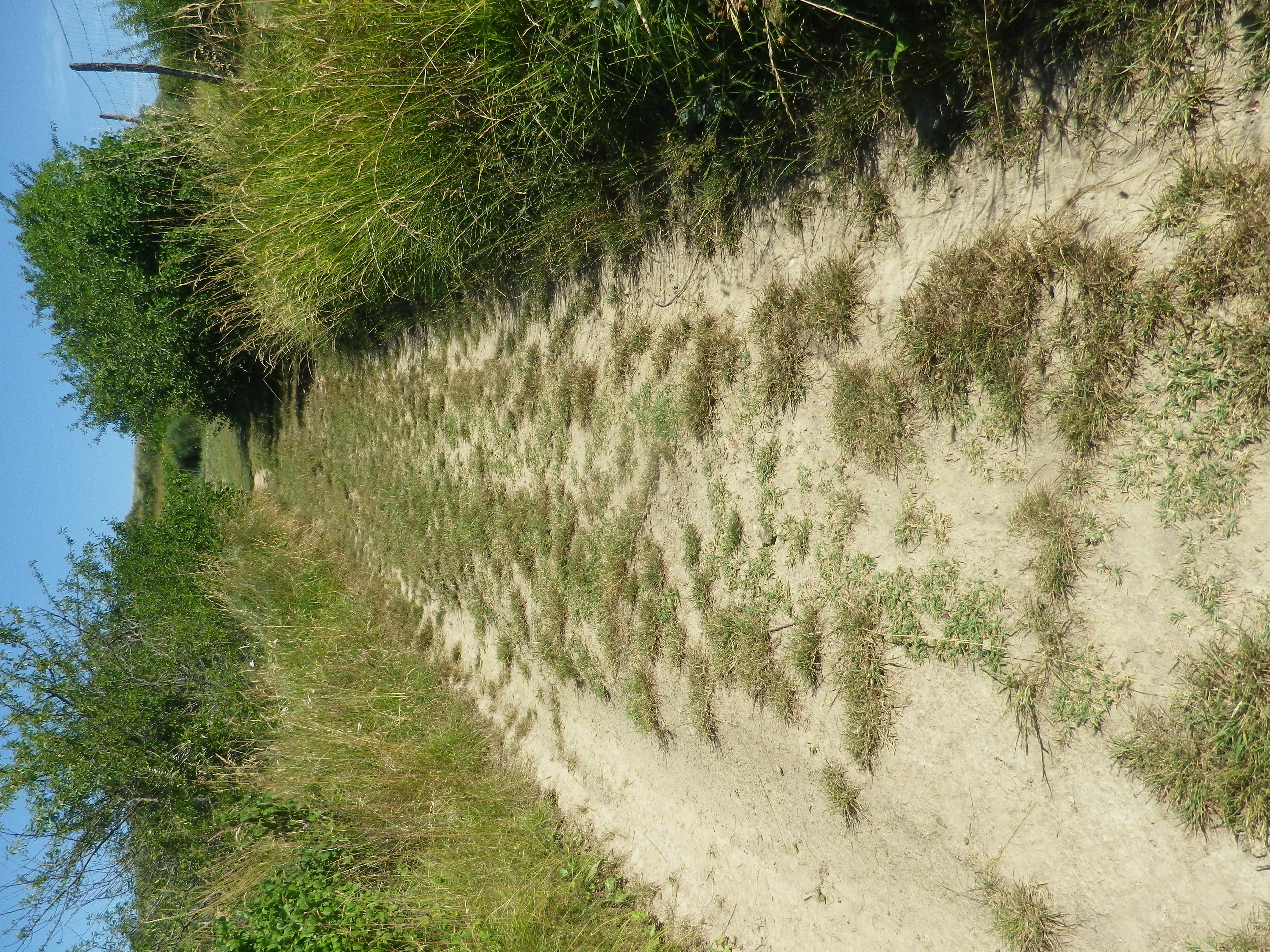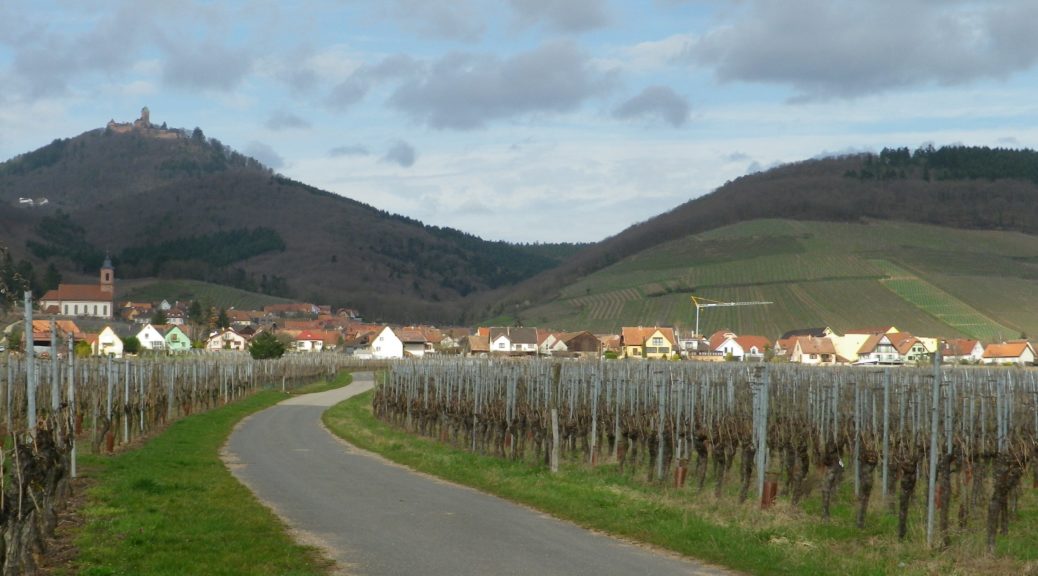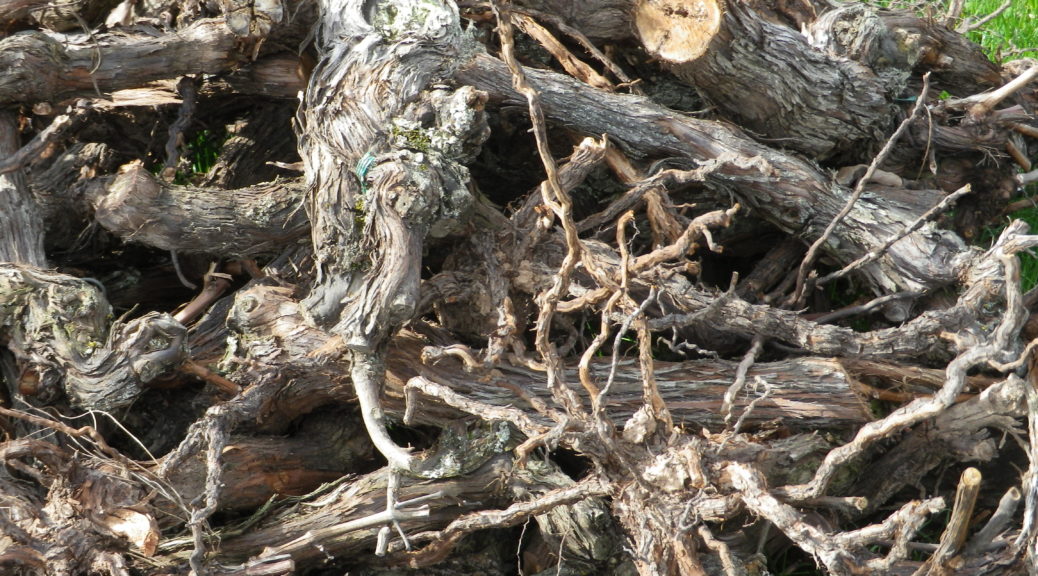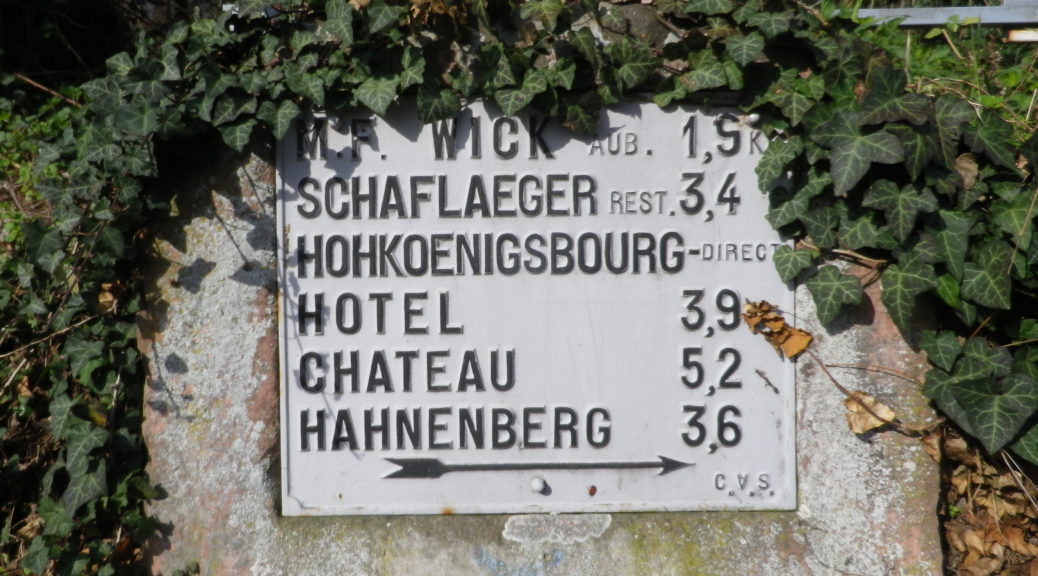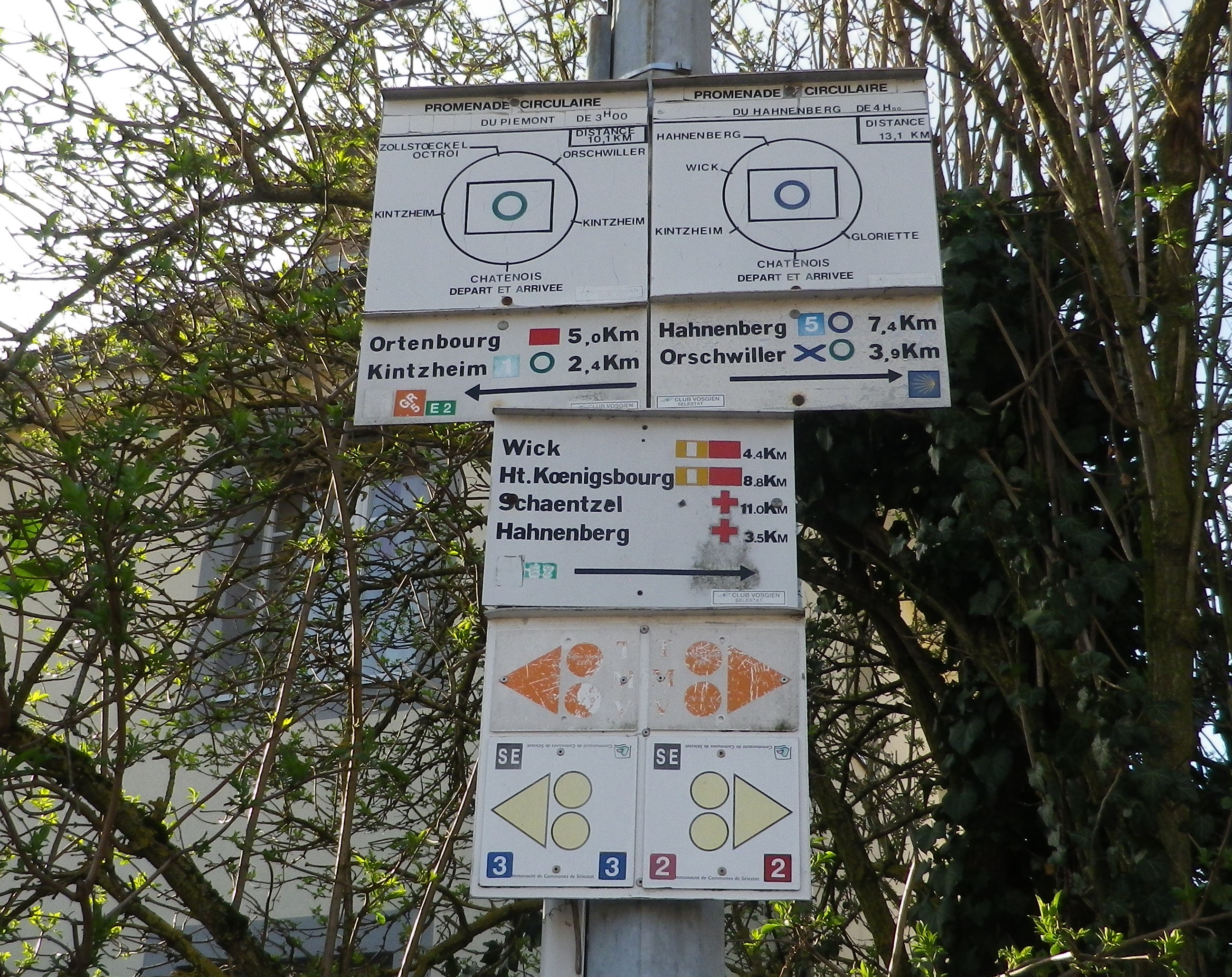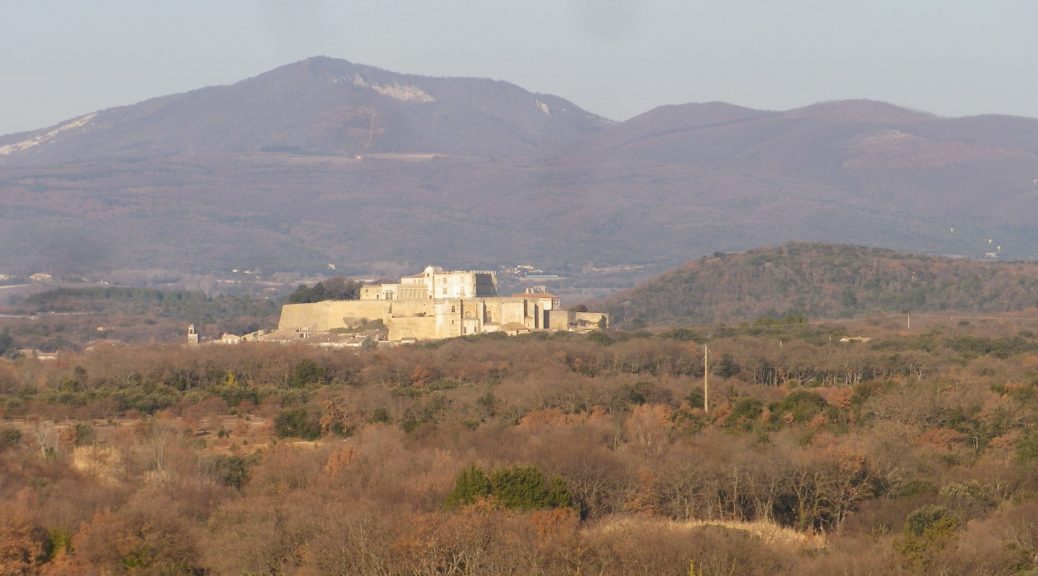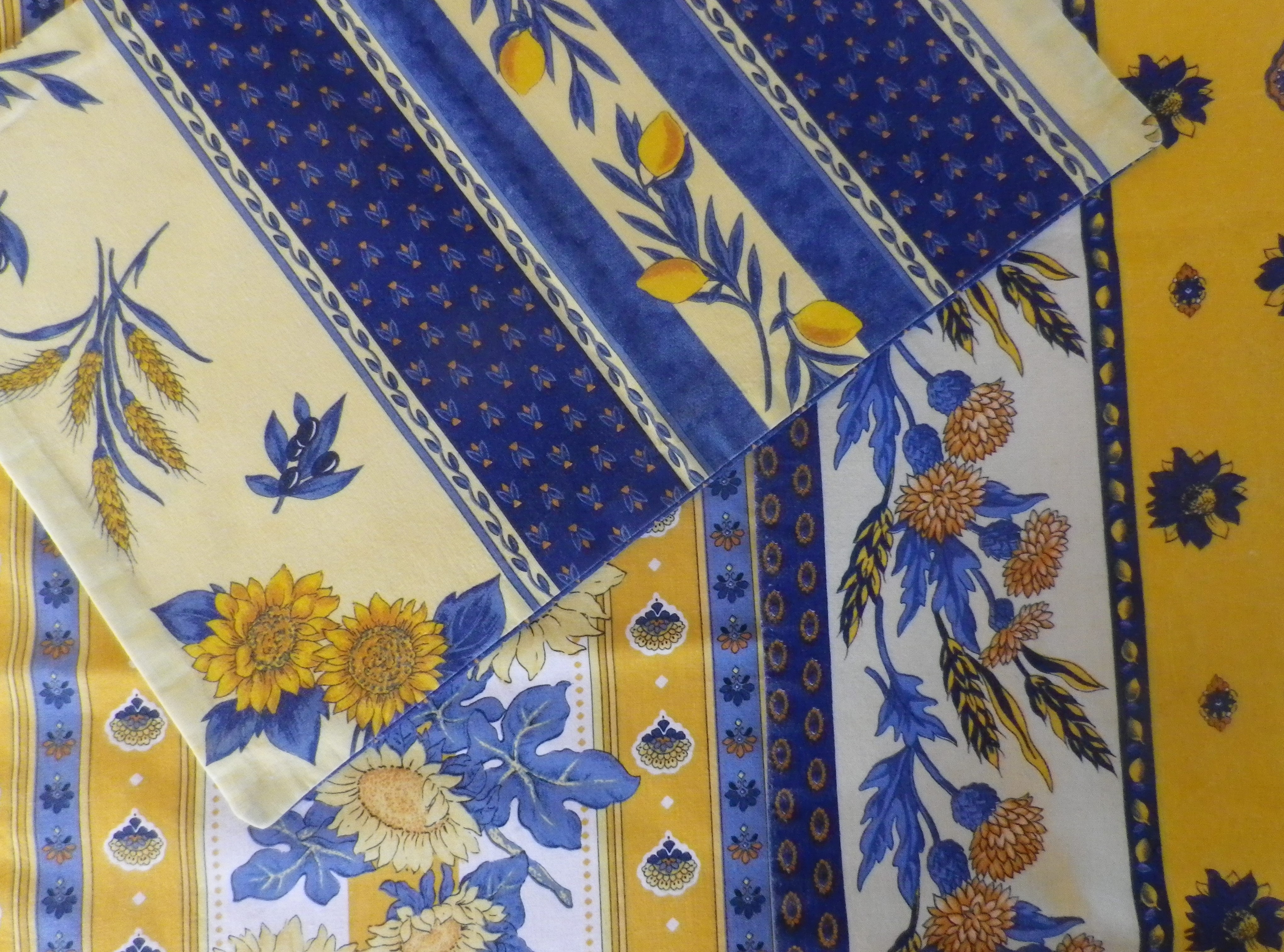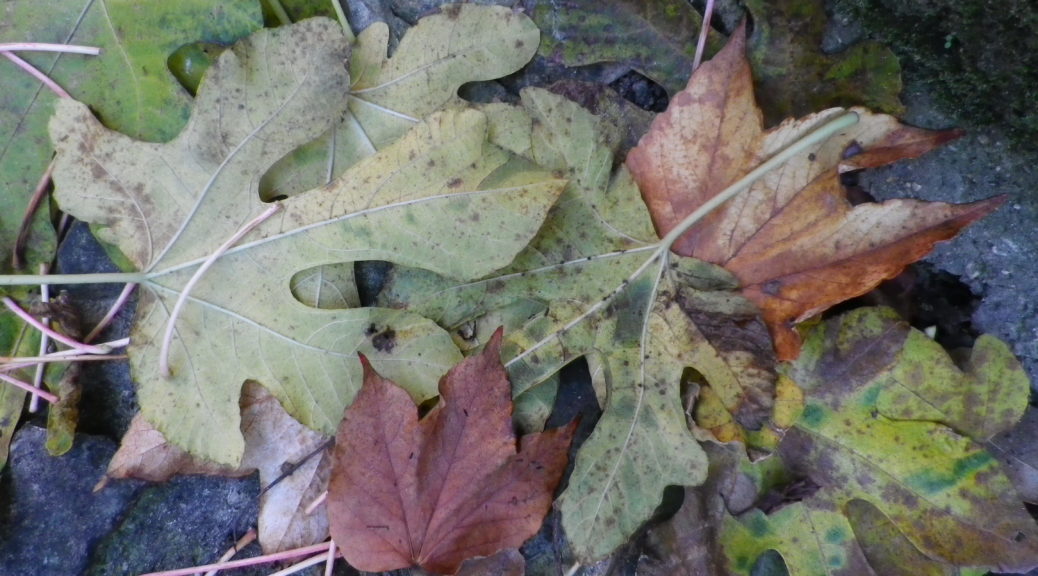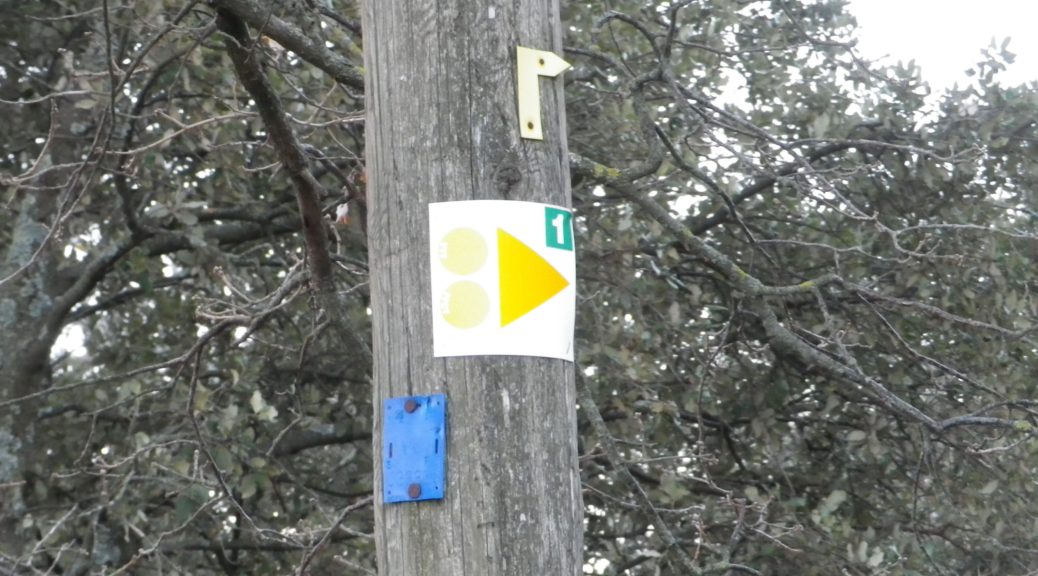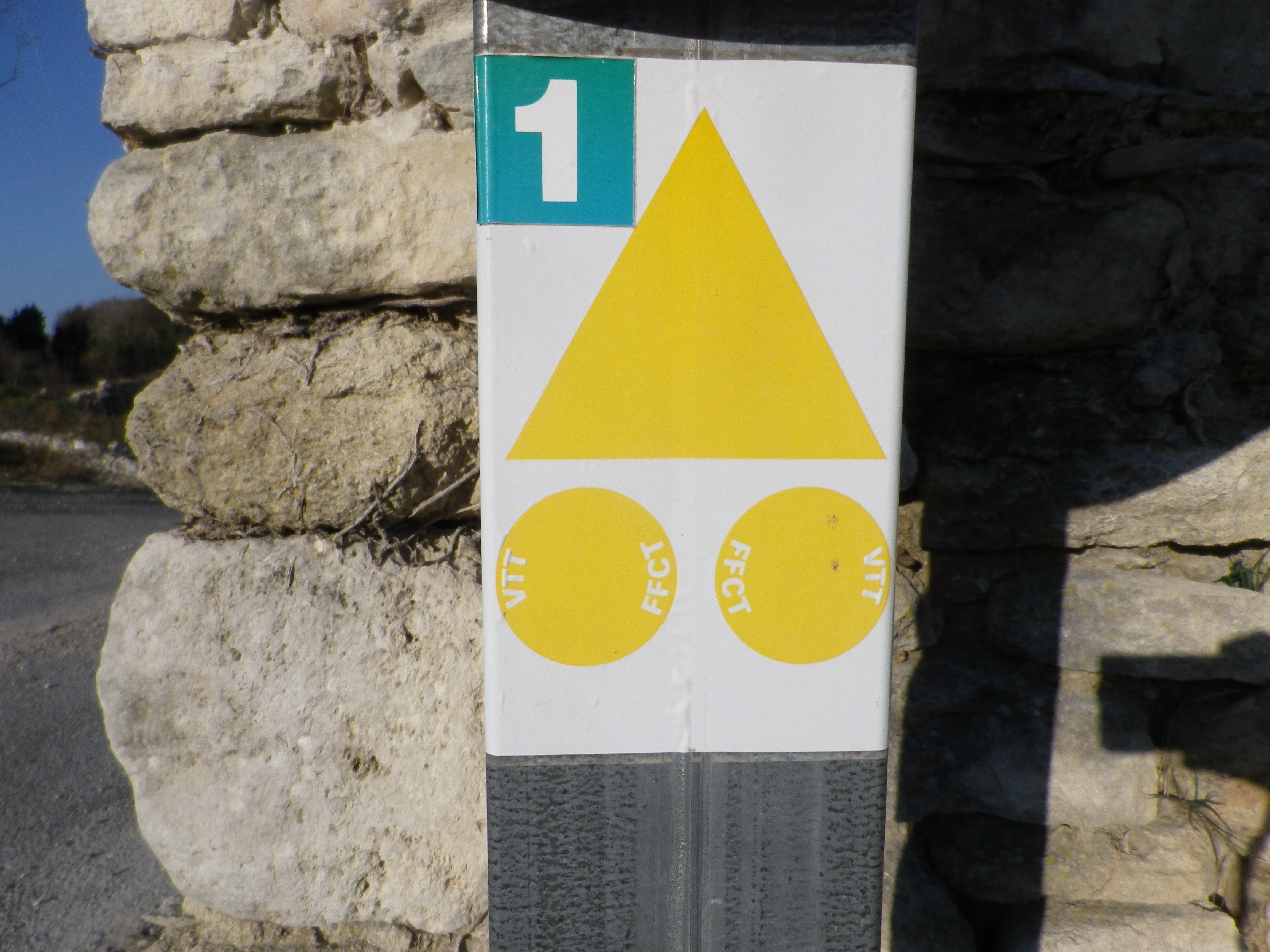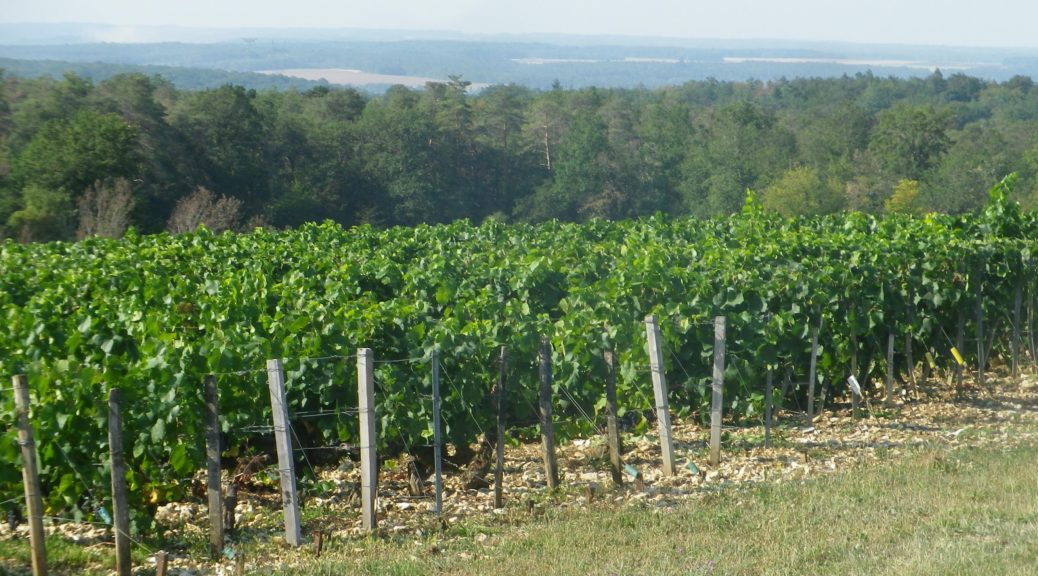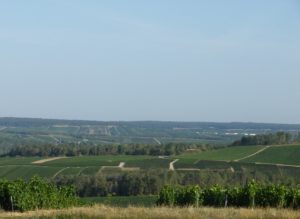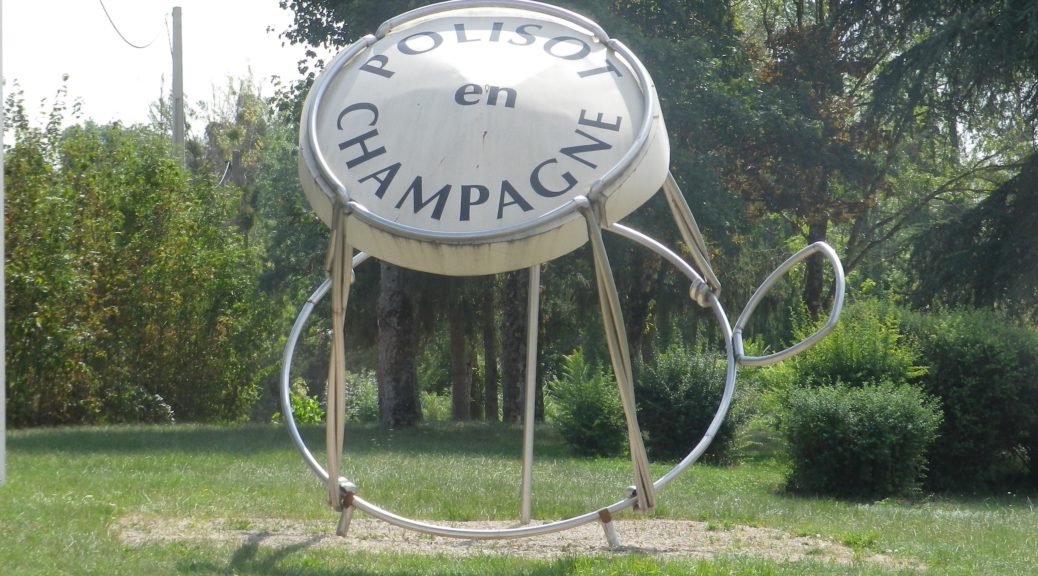What I Learned
The Gaillac tradition of wine-making is one of the oldest in France. But well before that, there is documented evidence of the local population drinking wine imported from Greece, and even Asia Minor. Suffice it to say, wine produced here today has a lot of savoir-faire, or know-how, behind it !
The Appellation Gaillac territory lies east of Toulouse, and is subject to both Atlantic and Mediterranean climatic influences. Situated in the rolling hills between the Aveyron River, and both banks of the Tarn River, this fertile area has ideal conditions for vineyards. There are three main growth areas
-The Rive Gauche, known also as the Terrasses de la Rive Gauche, which indicates a generally flatter area
-The Rive Droite (around Gaillac, Lisle sur Tarn and Rabastens), known also, and appropriately so, as Coteaux de la Rive Droite, indicating an area of hills, where vines grow on the south-facing slopes
-The Plateau Cordais, north of the Rive Droit, in an area of higher elevation, which includes the impressive town of Cordes sur Ciel
The dry white wines received appellation status in 1938. Gaillac white wines include some unique varietals such as Loin de l’œil. It is rather perfumed, and is often blended with another unusual varietal Mauzac. Ondenc is yet another appellation varietal, and unusually, it is often harvested and bottled as a later harvest wine.
The red wines, however, only obtained appellation status in 1970. The main red varietal is Braucol, with notes of raspberry and cassis. Duras and Prunelart, both of which were practically extinct by the end of the phylloxera crisis, are usually blended with Braucol, or the another main red varietal in this area, Syrah.
What I Tasted
2021 Loin de l’Oeil, Appellation d’Origine Protegee (AOP) Gaillac, Vinovalie (Saint Sulpice): A dry white wine with very pale, almost white gold color, with a citrus and tropical fruits nose, and citrus and mineral flavors; fairly well-balanced with medium plus acidity
2021 Le Perle, Appellation d’Origine Protegee (AOP) Gaillac, Vinovalie: A dry white cuvee with pale, white gold color; a peach and mineral nose; flavors of green apple, peach, and pineapple; a slight fizz, with mild acidity.
2021 Le Perle, Appellation d’Origine Protegee (AOP) Gaillac, Vinovalie: A dry rose cuvee with pale rose color; red berry nose and flavors, with hints of spice
2020 Loin de l’Oeil, Sans Culotte, Appellation d’Origine Protegee (AOP) Gaillac, Vinovalie (Saint Sulpice): A dry white wine with very pale, almost white gold color; floral nose, with floral and white stone fruits flavors, well balanced with medium acidity, and no sulfites added!
2021 Cuvee, AOP Gaillac, Domaine Les Grezels (Gaillac); A dry white wine cuvee (Muscadelle (20%), Loin de l’œil (40%), and Mauzac (40%)), with pale gold color; citrus nose, with flavors of citrus, and ripe pear; very mild acidity.
2021 Rose cuvee, Appellation d’Origine Controlee (AOC) Gaillac, Chateau de Saurs (Lisle s/Tarn): A dry, salmon pink cuvee of Duras and Syrah, red berry fruits, medium acidity and medium length finish.
2021 Les Cedres, Appellation d’Origine Protegee (AOP) Gaillac, Chateau Tauzies, (bottled by Vinovalie): A dry rose cuvee with pale rose color; bright red berries nose, slightly herbal notes, with flavors of the same.
